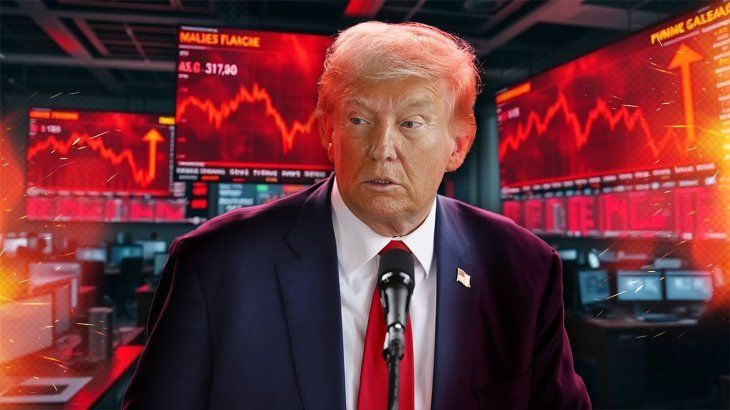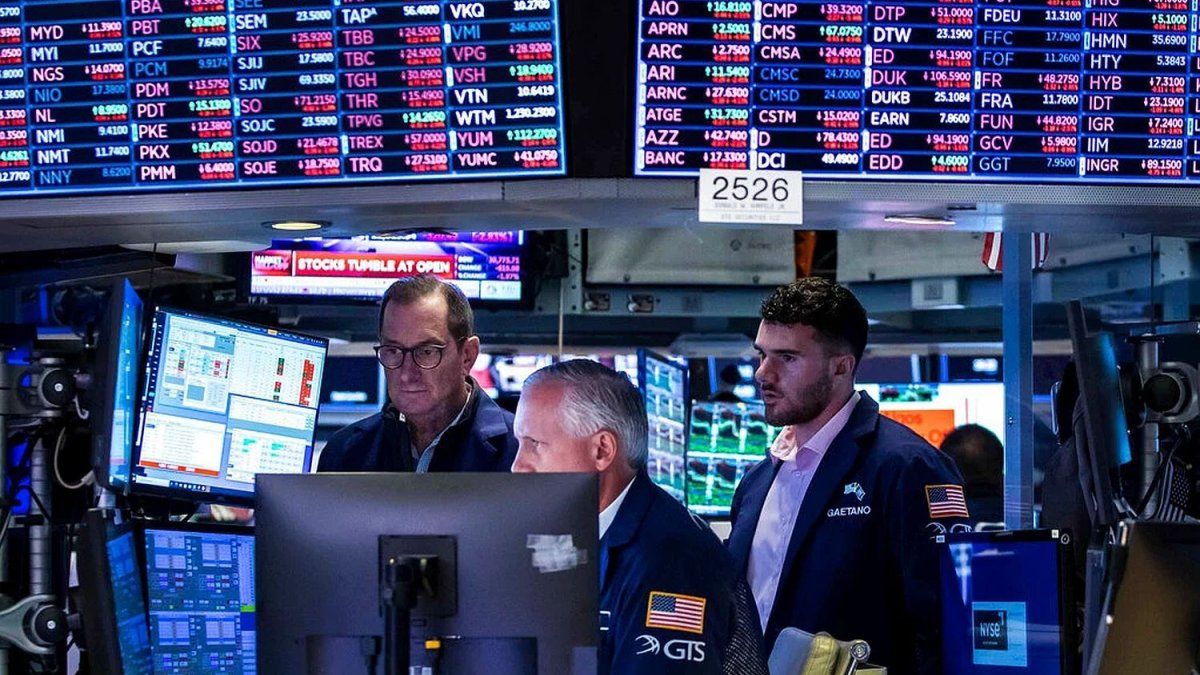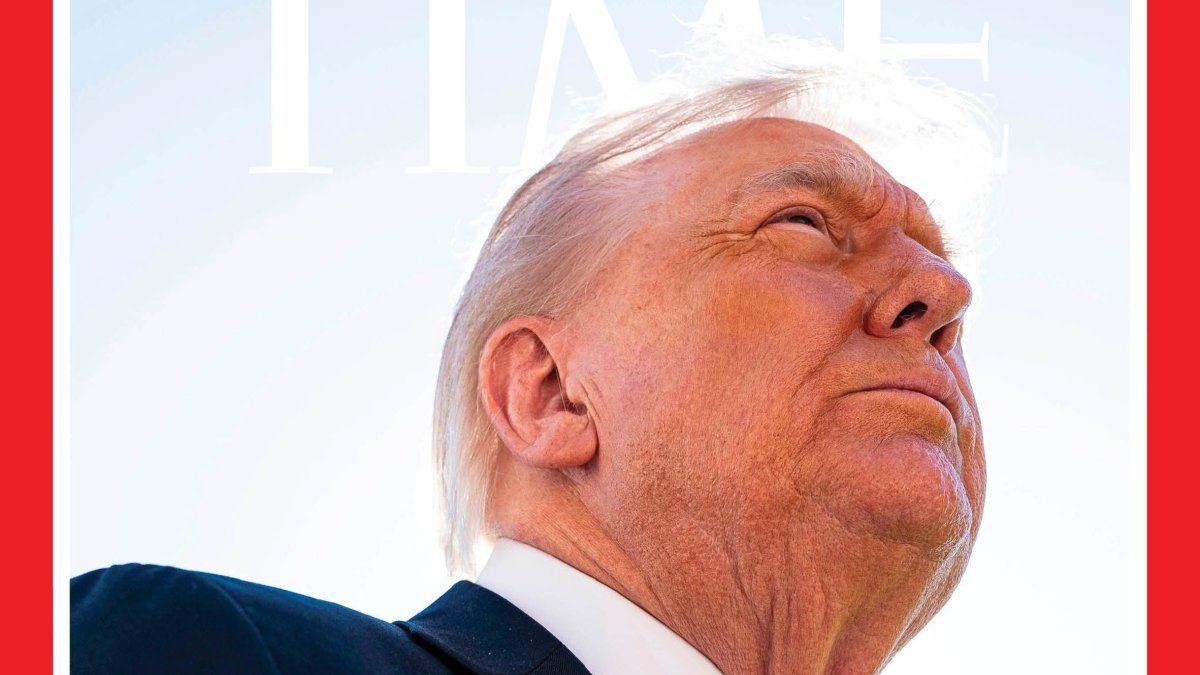Extreme volatility in treasure bonds reflects not only global economic uncertainty, but also the growing risk of Trump’s commercial policy destabilizing the world’s main financial anchor.
Amid a key week for global markets, American treasure bonds became the epicenter of financial volatility, just when the government of Donald Trump It seeks to implement a new round of import tariffs. The 10 -year bonus yield – obligatory reference for investors and monetary authorities – starred in an abrupt rebound, after having fallen to minimal not seen from Trump’s election in 2016.
The content you want to access is exclusive to subscribers.
On Monday, the performance of that reference jumped 22 basic points, the largest daily movement since June 2022, reaching 4.22% after having touched a minimum of 3.87% only days before. These sudden fluctuations – the largest in 25 years according to Tradeweb data – not only reflect the uncertainty about the president’s tariff strategy, but also the growing doubts about the stability of the most important sovereign debt market in the world.


The tension is accentuated at a particularly delicate moment: this Tuesday the American treasure will place about 39,000 million dollars in 10 years, as part of a total broadcast of 119,000 million during the week. The coincidence with the entry into force of the new tariffs – prevista for April 9 and baptized by Trump as the “day of liberation” – is not less. Treasury placements depend largely on the appetite of foreign buyerswho help keep interest rates and finance a fiscal deficit that in February already exceeded billion dollars and could touch the 2 billion at the end of the year.
But that external demand is also tied to the conditions of global trade, the attractiveness of the dollar as a reserve of value and, especially, to the perception of institutional stability. Trump’s protectionist measures and their fiscal implications could alter that equation, just when the Federal Reserve is cautious with respect to a possible decline in fees and demands more evidence on the impact of tariffs on the real economy.
Other markets
Meanwhile, financial markets move to the rhythm of speculation and algorithmic reaction. On Monday, the S&P 500 lived a surreal day: a false rumor about a possible suspension of tariffs unleashed a rally of 8.5% in less than an hour, followed by an immediate collapse when the news was denied. The volume of operations was record, with 29 billion negotiated shares, and although the index managed to close with a marginal fall of 0.2%, the episode turned on alarms on the fragility of the system again.
Trump Markets.jpg

Meanwhile, financial markets move to the rhythm of speculation and algorithmic reaction.
Scope
To this is added the expectation for the publication of the March CPI on Thursday, which could add pressure on the bond market if inflation gives a new surprise up. The fear of persistent inflation is now competing with the fear of a recession, generating a deeply unstable market dynamic, in which investors seem not to find clear refuge.
Thus, Treasury bonds, traditionally considered the safest asset of the planet, are witnessing – and victims – of a commercial policy cocktail, fiscal deficit, geopolitics and financial technology that could mark a new chapter in the economic history of the United States.
Source: Ambito
I am a 24-year-old writer and journalist who has been working in the news industry for the past two years. I write primarily about market news, so if you’re looking for insights into what’s going on in the stock market or economic indicators, you’ve come to the right place. I also dabble in writing articles on lifestyle trends and pop culture news.




